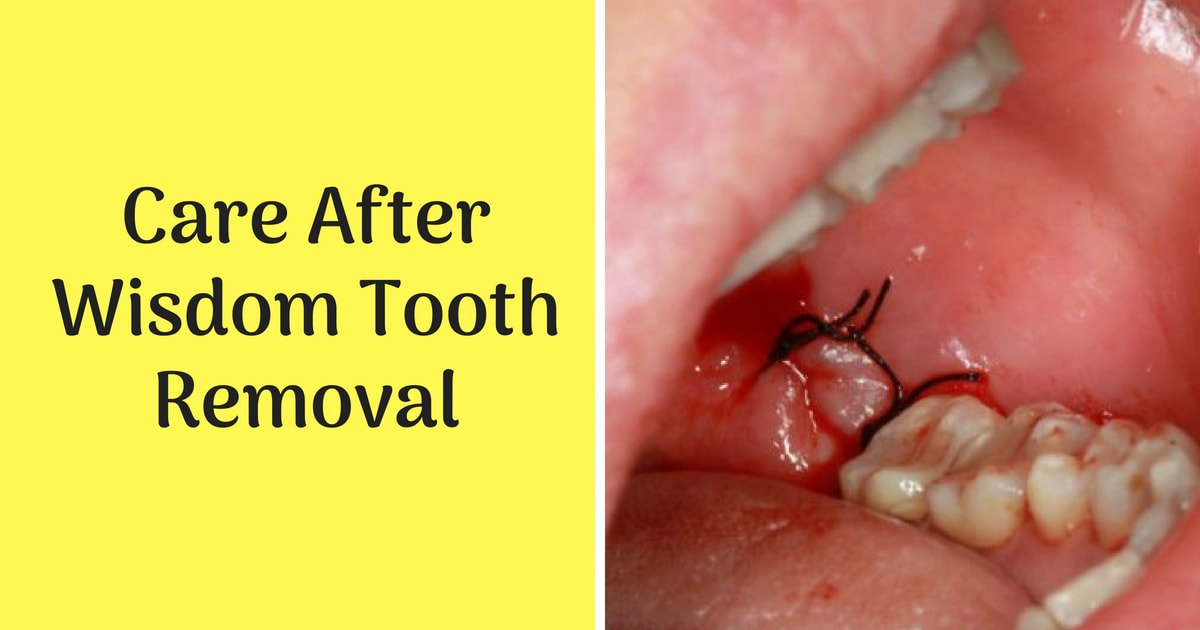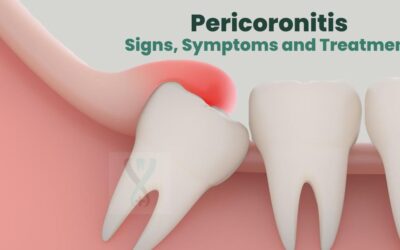The nightmare an impacted wisdom tooth can cause is a known fact. Apart from causing immense pain associated with a toothache, the impacted wisdom tooth may give rise to a myriad of problems like tooth decay, pericoronal abscess, etc. With its extraction, you have successfully warded off the nightmare scenarios. This blog article is all about how to take care of the extraction site after your wisdom tooth has been removed.
After the Wisdom Tooth Removal
Your body like any other surgery or wound is going to respond trying to heal the surgical wound. The wound healing process kicks at the moment the surgery is completed. Different people’s body reacts differently. For some the post-operative symptoms are minimal but for some, the symptoms are magnified. The complexity of the procedure also plays a role in the magnitude of symptoms arising. So here are the list and brief of the symptoms to watch for in case you just had a wisdom tooth extraction done
Pain
No one is immune to pain after a wisdom tooth extraction. The pain starts the moment the anaesthesia or sedation begins to clear out. The dentist would anyways prescribe you painkillers. The dentist would prescribe the needed dose based on how the surgery went by. In addition to the painkillers, your dentist would also prescribe antibiotics to arrest any possible infections after the wisdom tooth extraction. The pain might last if the medications are not properly taken on time.
Bleeding
It is common that once the impacted wisdom tooth has been pulled out, the surgical site bleeds. The body’s natural mechanism is to form a clot around the surgical site. But that might happen in a maximum of 24 hours. Hence blood oozing intermittently from the extraction site for a day is absolutely normal. If you have a bleeding, you can help stop by biting gauze placed on the extraction site. Bite it harder, so that the bleeding stops. If the bleeding does not stop and if it is profuse, you can consult your dentist. You can try ice packs to stop bleeding.
Swelling
Any healing site swells as a normal response. This is because the body is sending healing cells to the wisdom tooth extraction site as a healing response. So you can ignore the swelling. If the swelling is bothering, you can apply an ice pack to reduce the swelling.
Clot Formation in the extraction site
Your extraction site needs to form a clot. This is absolutely necessary for two reasons. One, it stops the bleeding process. Two, it means the surgical wound is set and is beginning to heal. Do not push your tongue inside the surgical site. You might accidentally remove the clot that has formed.
Dry Socket Formation
This happens only when the clot is removed from the extraction site by accident. A dry socket can happen if the clot disappears, exposes the bone walls inside the extraction site and gets infected in the process. The symptoms of a dry socket include continuous pain and a foul taste emanating from the extraction site. If this happens, consult your dentist immediately. The dentist would dress the wound with antiseptic medicine. Once it has been medically treated, the dry socket should heal normally within a day.
Conclusion on Wisdom Teeth Removal
Dr Sravanthi says out of her experience that wisdom tooth extraction has become a common procedure these days. In the event of complications, the experienced dentist in Chennai says that anything can be managed and treated.



